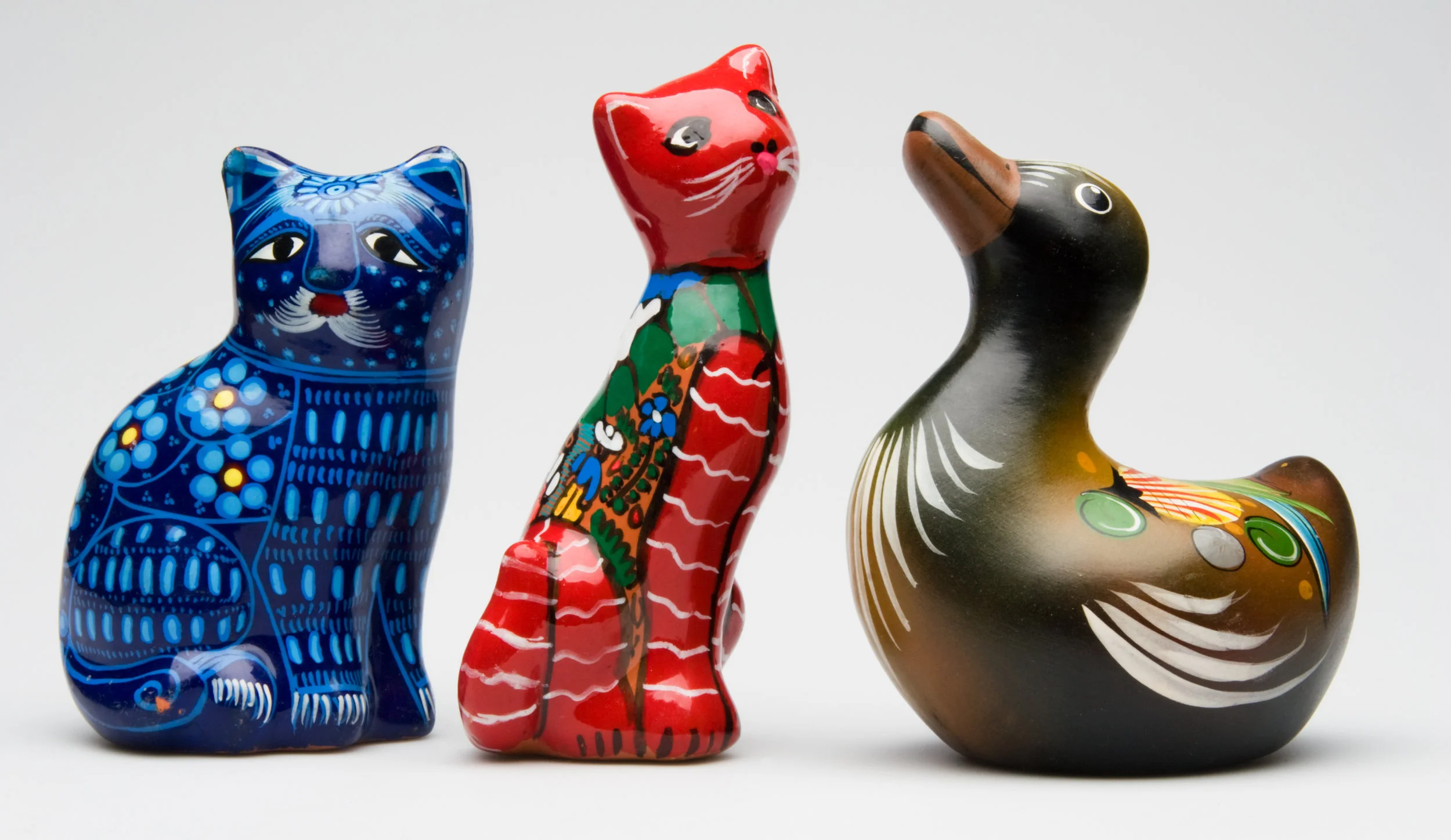The year was 1347, the night was frozen, and the townspeople were desperate.
It was all because an ill-tempered tsar, in a fit of pique, had outlawed fire in the tiny hamlet of Dnobst. The frostbitten citizens, facing certain death, prayed for a savior. None guessed that it would come in the form of Vralkomir, the strange little cobbler whom most of them had tried to avoid.
Figurine of St. Vralkomir (glass cover not included)
Alright, I admit it—this story isn’t exactly true. But what is real is that it was responsible for a 6,350 percent increase in the value of a nearly worthless piece of junk. In other words, it’s proof that a story can generate a ton of money.
The backstory originates with Joshua Glenn and Rob Walker, a pair of ingenious writer/researchers who in 2009 created the Significant Objects Project, an experiment to test whether a story—the attachment of a character-driven narrative—can increase the sale price of an otherwise unremarkable item.
Glenn and Walker scoured urban thrift shops and purchased dozens of trinkets, then gave each one to an accomplished writer. Their assignment: craft an engaging story, the more ridiculous the better.
One hideous trinket, a broken plastic doll with a felt moustache, was given to the novelist Doug Dorst. He conjured the aforementioned Vralkomir, whom he dubbed “the patron saint of extremely fast dancing.” By Dorst’s telling, the townsfolk on that cold winter night were huddled in the home of the mayor. They watched in amazement as Vralkomir dragged a giant log into the town square and cut one end of the log into a disc. Vralkomir jumped up on the disc and commenced to dancing so frantically that sparks from his heels soon ignited the wood, whereupon it burst into flames. Dnobst was saved.
“No one else in the village,” writes Dorst, “could duplicate his feat of terpsichorean ignition, and he died of exhaustion in mid-April, a beloved martyr.”
Glenn and Walker took this silly essay, which totaled 660 words, and posted it with a picture of the trinket on eBay. No explanation or fanfare. Sale price TBD. They simply let the bidding begin. And, as outrageous things often do on the internet, it went viral. By the time the sale closed, this doll, purchased for just $3, sold for $193.50. Overall, more than 100 items collectively saw a 2,706 percent increase in value.
The Significant Objects Project proves that stories can generate money for little pieces of junk. But is that true elsewhere? Would you ever be so irrational as the person who paid a $190 premium for the “Figurine of St. Vralkomir (glass cover not included)”?
Of course you would. We do it all the time. Consider the purchases you make, both large and small. For example, for every iPhone sold, Apple clears about $400 in profit. People know rationally that it’s overpriced and that cheaper alternatives exist, yet they buy it in droves.
““There is something hardwired in us to want things to be meaningful.””
This is due to our innate human desire to engage with the idea behind an item and the emotions, people, and experiences we associate with it. As Glenn put it, “There is something hardwired in us to want things to be meaningful.”
This is the heart of branding. A brand is an illogical thing, a swirl of emption and subconscious association that carries our minds beyond rational analysis and into the deeper wellsprings of status, identity, and dreams. Businesses with powerful brands understand that branding is anchored in storytelling: brands are birthed in original stories, and nurtured continually in the ongoing narratives they share with customers.
Storytelling brings a brand alive by engaging customers personally to a company’s products, people, and services. Many shoppers are hungry for the backstories about everything from why a business exists to where its products come from, and how employees take pride in being part of something bigger than themselves.
A smart company should use its marketing channels to highlight these human experiences and invite customers to respond with stories of their own. Try it, and you’ll find that the higher the meaning people associate with your business, the less concern they’ll have about the prices you charge.



